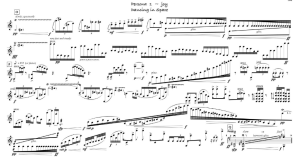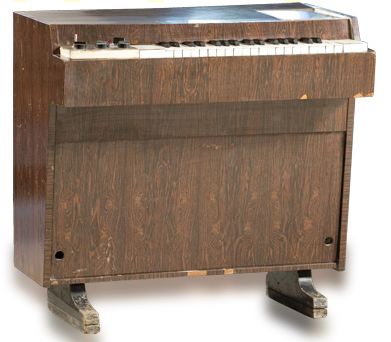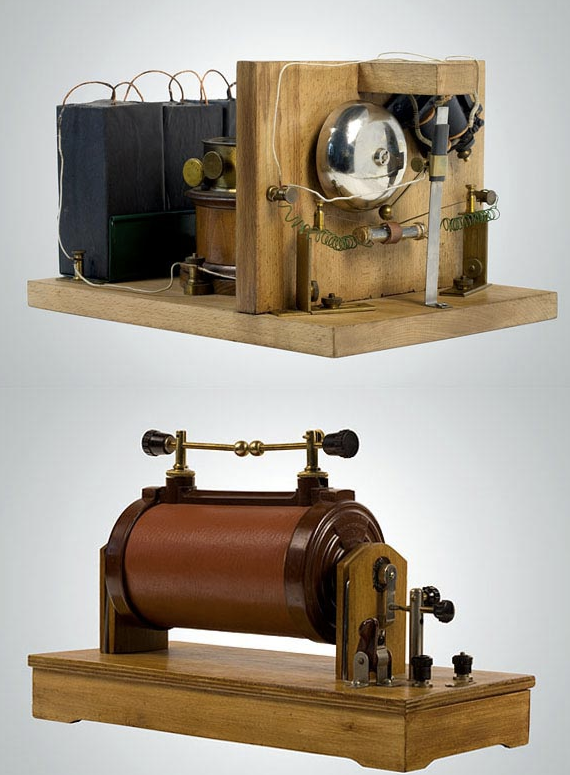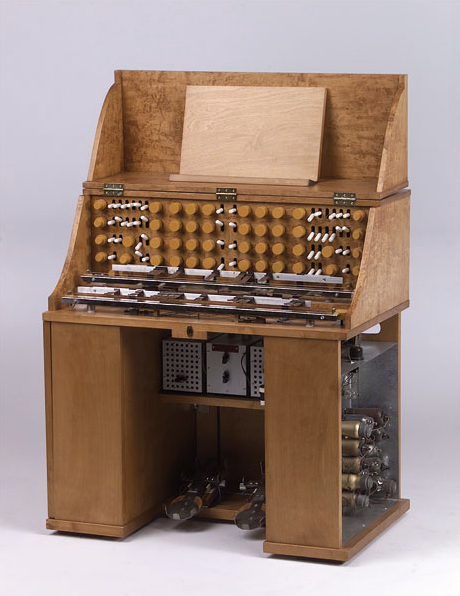“Our ambition, with this Guide to Sound Objects, has always been to give researchers, musicians, music-lovers and all who are directly or indirectly interested in the sound-universe an unbiased, clear and dependable tool (if this can be done) for a better knowledge and understanding of Pierre Schaeffer’s considerable contribution to this field, by means of an inventory of the ideas and concepts developed in his most important work, the Traité des Objets Musicaux.”
Download PDF : Guide To Sound Objects




















































